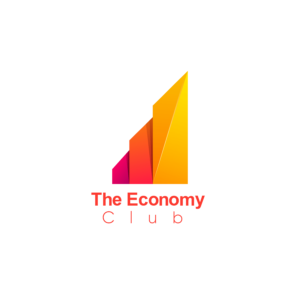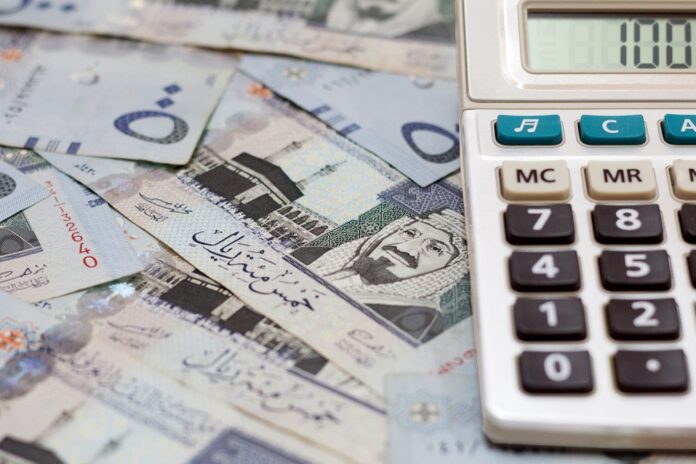RIYADH: Gulf Cooperation Council banks are returning to form after a strong first half of 2022, with earnings for most of them reaching almost pre-pandemic levels by the end of the year, according to S&P Global Ratings.
This optimism is spurred by high oil prices, rising interest rates, supporting the banks’ creditworthiness, along with new public-sector-backed projects, the agency said.
In the first half, margins slightly improved in most systems.
Saudi and Kuwaiti banks showed the strongest performance among the four largest GCC markets, with earnings already almost reaching pre-pandemic levels, while Qatari and the UAE banks are taking a bit longer to recover, according to the report.
In the second half of the year, higher net interest margins will likely offset an increasing cost of risk, leaving banks with stronger full-year profits than 2021.
The cost of risk will likely stabilize at normalized levels this year, partly due to adequate provisioning.
Still, some loans that benefited from support measures may turn nonperforming, S&P said.
GCC banks face a less certain 2023, with expectations of lower oil prices and risks to economic growth in the US and Europe.
Saudi Arabia
As Saudi banks’ financial performance has almost recovered to pre-COVID-19 levels, S&P expects an average return on assets of 2 percent in 2022 compared with 2.1 percent in 2019.
Credit to the private sector expanded 8.5 percent over the first half, due to stronger-than-expected mortgage growth, owing to market saturation and a pick-up in demand for corporate credit driven by Vision 2030 projects.
Aggregated cost of risk remained low, at about 46 basis points, due to the strong economic rebound, and the share of Stage 3 loans remained broadly flat, estimated at about 2 percent.
Saudi banks’ non-performing loan coverage stood at 160 percent to 170 percent in 2022.
Higher credit growth momentum will continue into the second half of the year, mostly due to stronger-than-expected performance in the mortgage portfolio, according to S&P.
“We now expect credit growth to reach about 15 percent in 2022,” the agency said.
However, there is expectation that higher interest rates and market saturation will eventually curb mortgage origination.
S&P expects corporate lending to start contributing to loan growth, as the gradual increase in interest rates will continue to feed Saudi banks’ margins, eventually pushing them up by year-end.
Still, the cost of risk is expected to somewhat increase over the second half to 70 bps-80 bps as some of the loans restructured post-pandemic are reclassified.
The systemwide ROA is set to stabilize at 1.9 percent to 2.1 percent from 2022.
The increasing risk of recessions in the US and Europe, along with higher interest rates, could pressure the operating environment in the Kingdom, especially if oil prices drop. Also, higher interest rates could result in a shift away from non-commission-bearing deposits, which may pressure banks’ margins.
The UAE
Higher interest rates and lower cost of risk in the UAE will support banking sector profitability, according to S&P Ratings.
Asset quality is also set to stabilize while the NPLs are expected to remain contained with the support scheme ending.
Banks’ performance in the UAE improved in first-half 2022 due to lower cost of risk and higher interest rates, while the Central Bank of the UAE’s COVID-19-related targeted economic support scheme also helped the system, limiting the increase in NPLs.
At the same time, the macroeconomic environment has started to improve driven by higher oil prices and recovery in the non-oil sector.
Better operating conditions led to higher lending growth in first-half 2202 compared with 2021, although this could be tempered by increasing interest rates in the second half.
Kuwait
Higher oil prices and the economic recovery in Kuwait have supported faster lending growth and lower cost of risk, creating a supportive environment.
Further reduction in cost of risk and higher lending growth of 9 percent year-on-year in the first half led to stronger banks’ earnings.
Non-interest income continued to benefit from the improved operating environment, while higher inflation and the resumption of some costs as the pandemic wanes spurred a 10 percent increase in operating costs compared with the first half of 2021, offsetting the benefits from higher revenue.
Momentum may slow in the second half, with some NPL formation, according to S&P Global.
Qatar
The Qatari private sector credit is set to grow by 5 percent in 2022, less than half the average rate seen over the previous three years, according to S&P Global.
The World Cup at the end of the year along with positive sentiment stemming from high natural gas prices will push consumption lending to strongest growth.
However, government construction projects have mostly been completed, which is shown in banks’ first-half performance.
Overall credit could reduce slightly if lending to the government continues to decline in the second half, which the agency views as likely given the projected fiscal surplus of about 12 percent of GDP.

